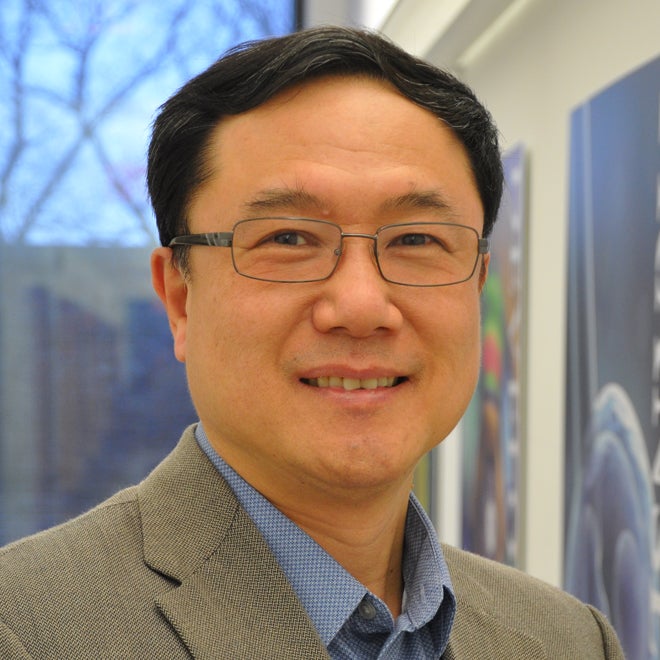Osteoporosis and functional bone loss are major health issues that mainly affect the elderly population, women after menopause, and immobilized patients. Mechanical stimulation has shown promising in bone adaptation, promoting formation, and enhancing healing. A review of musculoskeletal tissue and cell responses to dynamic mechanobiological signals will be provided. Among various physical regulations and modalities, such as mechanical strain/stress, electrical and magnetic and thermal fields, and fluid flow, quantitative ultrasound imaging and acoustic radiation force (ARF) provide unique approaches for evaluating both bone strength and density, particularly under the extreme condition like a long-term space mission, and guided treatment in a mode of noninvasive and multiple configurations. Two folds of the studies will be presented, 1) guided ARF in the acceleration of fracture healing and promotion of tissue regeneration in disuse and fracture; 2) enhanced Ca++ flux and proliferation in bone cells by regulating gene/proteins, i.e., sclerostin (Scl) and Piezo channels. As an effective noninvasive method, ARF-elevated by the low-intensity pulsed ultrasound (LIPUS), has been evaluated to promote bone regeneration and fracture healing. It is hypothesized that Piezo1, a mechanosensitive ion channel, could transduce ultrasound-induced mechanical signals and activate downstream signaling processes. It has been shown that piezo (acoustics) induced ARF can promote Piezo1 activation and intracellular calcium influx, in which calcium acts as the second messenger in activating ERK1/2 phosphorylation and polymerization of perinuclear F-actin. ARF has the potential to regulate tissue adaptation and membrane channels, i.e., Piezo1, and eventually promote osteogenesis.

Dr. Qin is currently SUNY Distinguished Professor, and Chair of the Biomedical Engineering Department at Stony Brook University. Dr. Qin’s research has been widely focused on several musculoskeletal cellular and tissue engineering and regeneration areas, such as bone cellular and molecular mechanobiology, ultrasound imaging and therapeutics, and nanotechnology, which are closely related to solving health problems such as osteoporosis and joint diseases. He is among the pioneers who discovered cellular and tissue response to optimized external mechanical stimulation through dynamic signals using various in vitro and empirical models. He is an expert in biomechanics, and ultrasound diagnostic imaging and therapeutics for early prediction of bone loss and diseases like osteopenia and risk of fracture, and its guided noninvasive treatment, as well as their clinical translation. His research has been funded through NIH, DoD, NASA, and NSF. He has published more than 180 peer-reviewed articles and book chapters in the field. He is Fellows of American Bone and Mineral Research Society (ASBMR), Biomedical Engineering Society (BMES), American Institute of Biological and Medical Engineering (AIMBE), International Academy of Medical and Biological Engineering (IAMBE), and International Academy of Astronautics (IAA).


